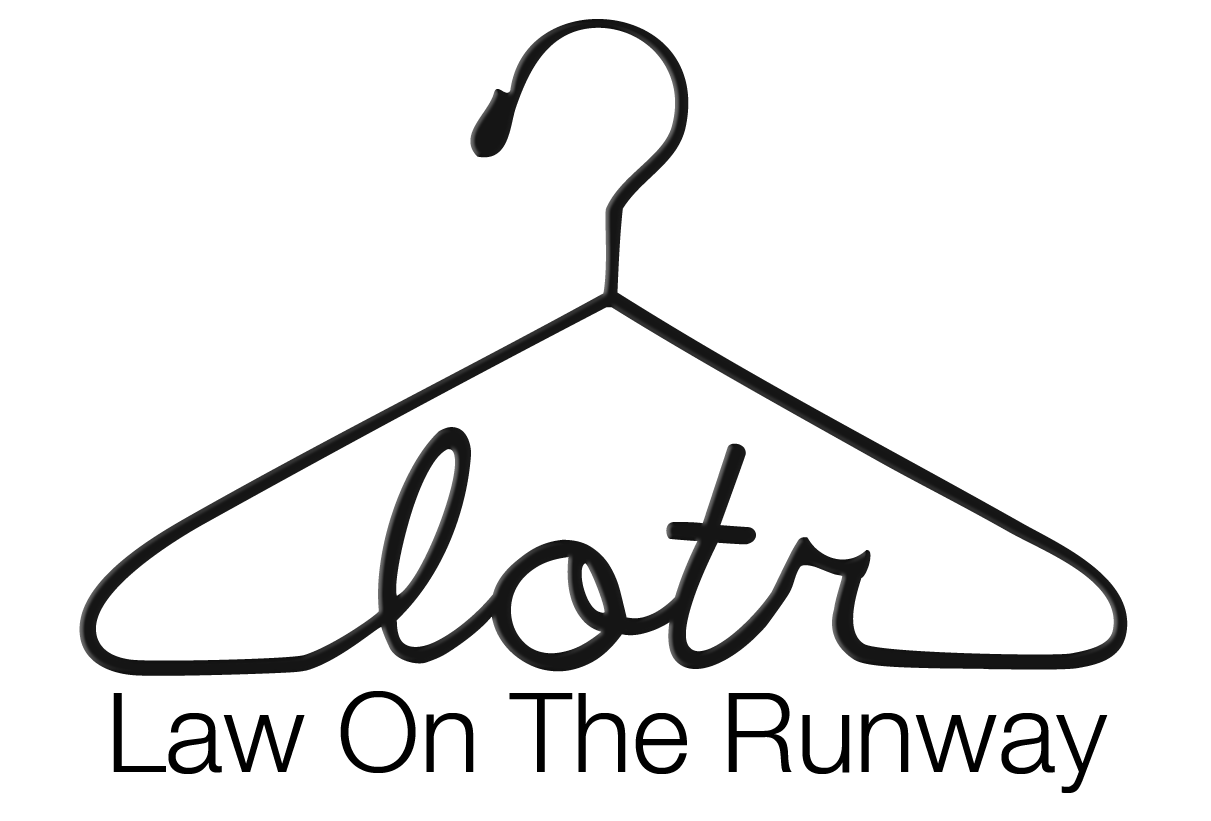Legal Considerations for the Development of Smart Fabrics

FTC Letter to Influencers: A Few Guidelines to Follow
June 8, 2017
When Should You Be Collecting Taxes from Online Sales?
August 6, 2017Smart fabrics, or e-textiles, fabrics that not only serve usual fabric purposes, but they can also receive, transmit, store data and react to data. For apparel and houseware companies who want to innovate, smart fabrics provide lots of inspiration. The legal considerations surrounding this emerging technology are still uncertain, as the law has not had the time to fully adapt yet. However, here are some elements that are absolutely worth looking into when developing a product using smart fabrics.
Please use this as general information, not as legal advice. If you have any questions regarding the legal requirements surrounding the development and sale of smart fabrics, please consult an attorney.
Data protection
We have touched upon this topic in a previous blog post about fashion tech, but because of the nature of smart fabrics, data protection is an element you will have to consider from the very early stages of product development and that should be part of every single step along the way. The Federal Trade Commission (FTC) has strong policies regarding the protection of personal data (information through which it might be possible to identity an individual). Consumers must give their explicit consent and informed consent to the usage of their data. One of the best ways to ensure consent is to get a purchase agreement drafted. Such a document should include the type of data that will be collected, when it will be collected, the use that will be made of it, and whether or not it can be sold to third parties.
Because of all the requirements surrounding data collection, ensuring your smart fabrics do not collect more data than necessary is one of the easiest ways to control the way you will be handling your consumer’s information later on.
Health Regulations
If the product you are developing collects health information or information about an individual’s healthcare provider, it might fall under the Health Insurance Portability and Accountability Act (HIPAA). If that is the case, you will have to look into taking some very specific measures to prevent the collected information from falling into someone’s hands without the individual’s consent. You might also have to establish technical and physical safeguards such as data encryption. The Food and Drug Administration (FDA) might also have jurisdiction over smart fabrics if there is a medical aspect to them. It is therefore essential to look at all your garment’s functions and the way it interacts with the consumer to determine whether or not you are indeed complying with all the applicable laws and regulations regarding health.
Labeling
Law on the Runway has also written a blog post before about labelling garments with electronic components. Essentially, the same rules apply to both regular fabrics and smart fabrics. The FTC’s Cotton and Wool Act states that disclosure of fiber content is mandatory for all garments. This means that the presence of non-fiber content such as wiring or other electronic components do not need to be disclosed as per this Act. All fibers need to be listed on the garment with the percentage of the garment the fiber makes up. All fibers also need to be listed in descending order, from most present to least present.
As for care and use, you need to think about how your garment will be used on a regular basis. The FTC requires companies to tell consumers how products should be cared for. When it comes to smart fabrics, you should take the time to think about how the electronic components, whether they are removable or mixed in with regular fibers, will interfere with regular clothing care and eventually, how they will handle regular use over time. Consumers should essentially be told about reasonable ways to care for their garments as well as how they could be harmed by typical washing. The aforementioned requirements are not exhaustive so make sure to look into the FTC’s guidelines and requirements when labeling your products.
Intellectual Property
To maintain your stake in the market, you need to think about protecting your products and company. The two types of intellectual property protection you will mainly want to focus on are trademarks and patents.
Trademarks are used to protect your identity as a brand, whether that is your logo, your name or another distinctive quality. Trademark registration is essential for any company, regardless of the industry, as they hold quite a lot of value.
As for patents, they are essentially used to protect the technology you have developed. Having a patent allows you to have the monopoly on your invention for 20 years, which means you could licence it during that period if that is part of your business plan. However, patents do have some downsides, one of them being that they are quite costly. Reaching out to an attorney to determine the best way to protect your intellectual property while keeping in mind your company’s interests is therefore highly recommended before making any decisions.
As with all Law on the Runway posts, please use this as general information, not as legal advice. If you have any questions, you may email hello@lawontheruway.com.

